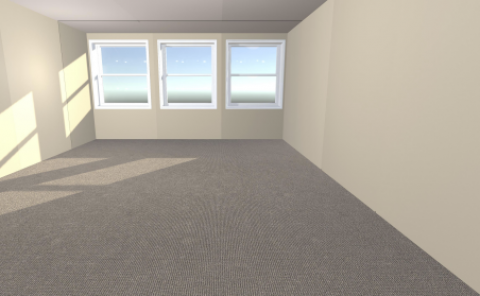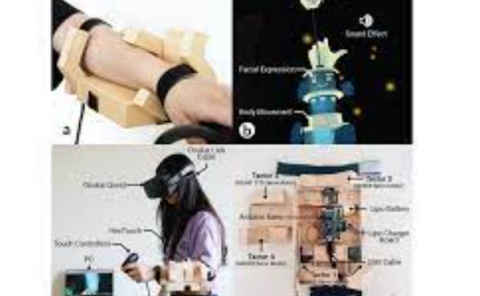Aircraft Cockpit Interaction in Virtual Reality with Visual, Auditive, and Vibrotactile Feedback
PubDate:Oct 2023
Teams: University of Konstanz;University of Applied Sciences Upper Austria;University of Lübeck
Writers:Stefan Auer,Christoph Anthes,Harald Reiterer,Hans-Christian Jetter
PDF:Aircraft Cockpit Interaction in Virtual Reality with Visual, Auditive, and Vibrotactile Feedback
Abstract
Safety-critical interactive spaces for supervision and time-critical control tasks are usually characterized by many small displays and physical controls, typically found in control rooms or automotive, railway, and aviation cockpits.
Using Virtual Reality (VR) simulations instead of a physical system can significantly reduce the training costs of these interactive spaces without risking real-world accidents or occupying expensive physical simulators.
However, the user's physical interactions and feedback methods must be technologically mediated. Therefore, we conducted a within-subjects study with 24 participants and compared performance, task load, and simulator sickness during training of authentic aircraft cockpit manipulation tasks. The participants were asked to perform these tasks inside a VR flight simulator (VRFS) for three feedback methods (acoustic, haptic, and acoustic+haptic) and inside a physical flight simulator (PFS) of a commercial airplane cockpit.
The study revealed a partial equivalence of VRFS and PFS, control-specific differences input elements, irrelevance of rudimentary vibrotactile feedback, slower movements in VR, as well as a preference for PFS.



